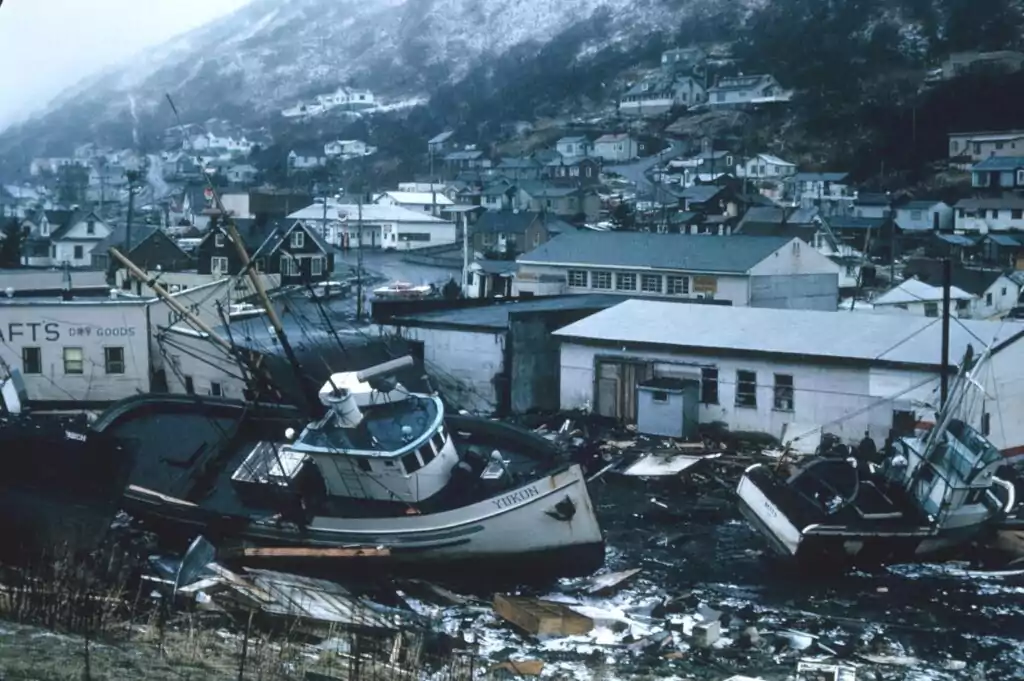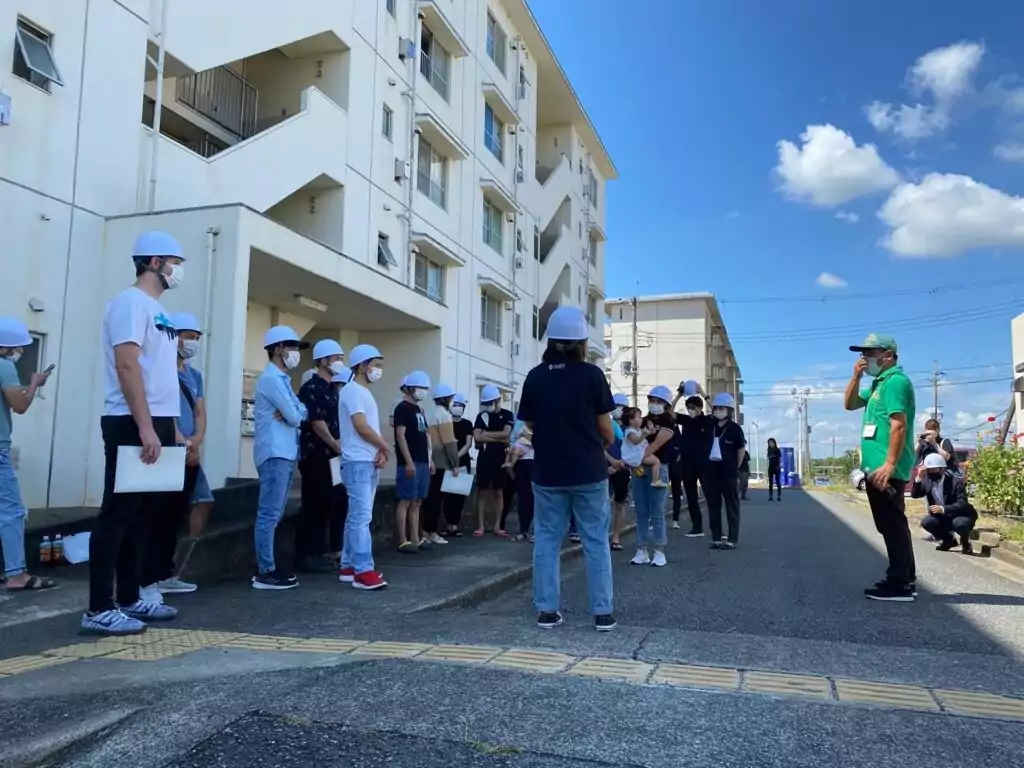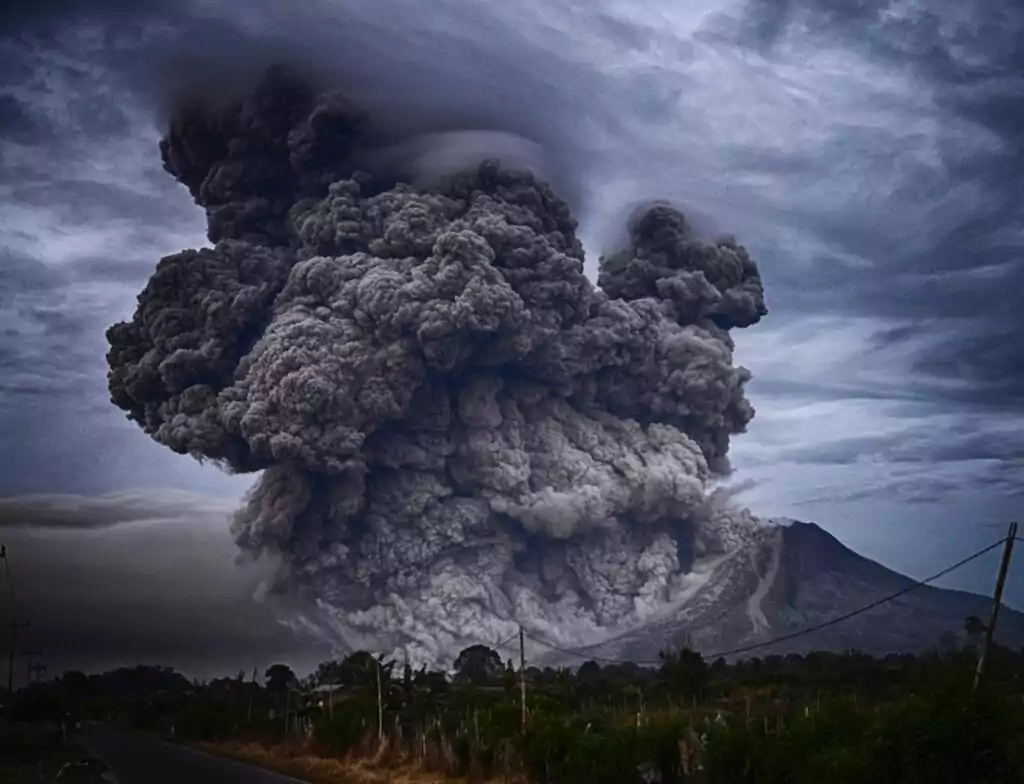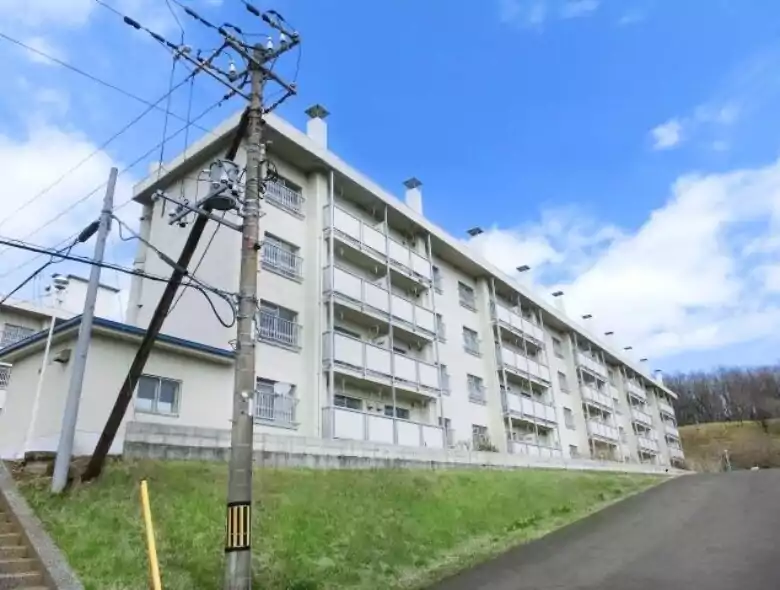Some housing complexes are designated as “designated emergency evacuation sites” by the local community, taking advantage of their large lots and 4-5 story buildings with rooftops. A designated emergency evacuation site is “a facility or place where residents evacuate in an emergency to ensure their safety in the event of a tsunami, flood, or other disaster.

According to those who experienced the major earthquake, the three most troubling issues immediately after the disaster were the information gap, water, and sanitation. With television and radio outages due to power outages and battery shortages, people had no choice but to use their smartphones and cell phones. However, because priority is given to communicating with family members and others about their safety, smartphones and cell phones must be used with concern for remaining battery power. It is difficult to keep up-to-date with the latest information in an uncertain situation. Water is needed for drinking, washing hands, and various other purposes, but in the event of a disaster, water is quickly bought up and there are no polyethylene tanks available, so there is no choice but to wait in line for a water truck. If the water supply is cut off for a long period of time, it is naturally impossible to take a bath. This inability to bathe can lead to odors and stickiness, which in turn can lead to hygiene problems. When a disaster strikes, evacuation centers are places where disaster victims live together until lifelines are restored. The people who gather in shelters come from all walks of life. For example, there are people of all ages and genders, with or without chronic diseases or allergies, foreign nationals, pregnant women, and so on. The shelter will also serve as a base facility to support the recovery and reconstruction of the community by providing information, water, food, and supplies needed by the community.

In the past, Village House has held events for Vietnamese residents to learn about disaster preparedness and behavior. Since many foreigners are not accustomed to earthquakes and other disasters, the event was not only useful in teaching them how to act to protect themselves in case of emergency, but also provided an opportunity for them to connect with the local community. In Vietnam, there are almost no earthquakes, and it is difficult to imagine what it would be like in the event of an earthquake due to lack of experience, so the experience of daily preparedness and actual evacuation behavior was a good one. Some of the participants were anxious about what to do in the event of an actual earthquake, and we were able to receive comments from them that they felt relieved.

Disasters occur somewhere every year, and when evacuation information is issued by the municipal government, it is communicated directly to the public through TV, radio, Internet, cell phones, as well as local public information vehicles and disaster prevention radio. There are five warning levels: 1: Early Warning Information, 2: Alerts and Warnings, 3: Evacuation for the Elderly, 4: Evacuation Instructions, and 5: Emergency Safety Assurance (a situation in which a disaster has already occurred or is imminent). It is important to confirm your own evacuation actions by using hazard maps, etc. on a regular basis. If you think your home is safe, it is important to stay in your home, but make a decision as soon as possible and evacuate to a designated emergency evacuation site in your community to protect your own life!
Related articles:
- Earthquake Proofing Your Apartment
- Which Rental Properties Should You Avoid? Watch Out For These 5 Things!
- Apartment Features that are Unique to Japanese Homes



